Calendar calculus in different religions of the world: a journey through time
The Gregorian Calendar: a Christian influence on the world
The Gregorian calendar, the most widely used civil calendar today, has its roots deeply embedded in Christian tradition. Introduced by Pope Gregory XIII in 1582, this calendar was a refinement of the Julian calendar, primarily to correct the drift of the date of Easter. The Julian calendar, established by Julius Caesar in 46 BC, had a small error in the length of the year that caused significant discrepancies over centuries. The Gregorian reform addressed this by shortening the average year by 0.0075 days, ensuring a more accurate alignment with the Earth’s revolutions around the Sun.
The adoption of the Gregorian calendar was not immediate or uniform. Catholic countries like Italy, Spain, and Portugal were the first to adopt it, while Protestant and Eastern Orthodox countries were more hesitant, often due to religious and political reasons. For example, Great Britain and its colonies adopted the Gregorian calendar only in 1752, and Greece waited until 1923. Despite its origins, the Gregorian calendar is now a secular standard used globally for most civil purposes, illustrating how religious innovations can transcend their initial contexts to achieve widespread acceptance.
The Islamic Hijri calendar: lunar phases and religious observances
In contrast to the solar-based Gregorian calendar, the Islamic Hijri calendar is a purely lunar system. It consists of 12 lunar months in a year of 354 or 355 days. This calendar is fundamental to the religious practices of Muslims around the world, as it determines the timing of significant Islamic events and rituals, such as Ramadan, Hajj, and Eid celebrations.
The Hijri calendar begins from the Hijra, the migration of the Prophet Muhammad and his followers from Mecca to Medina in 622 CE, marking the start of the Islamic era. Each month starts with the sighting of the new moon, which can sometimes vary by one or two days depending on the observer’s geographical location and weather conditions. This variability necessitates local verification, often leading to different countries celebrating Islamic holidays on different days.
The use of the Hijri calendar has profound implications for the daily lives of Muslims. For example, Ramadan, the holy month of fasting, moves through the seasons over the years, affecting fasting hours and the experience of the fast depending on the geographical location and season. This mobility of sacred time underscores the connection between lunar observations and religious life in Islam, highlighting a calendar system deeply intertwined with spiritual and communal rhythms.
The Hebrew Calendar: synchronizing lunar and solar cycles

The Hebrew calendar, also known as the Jewish calendar, is a lunisolar system, meaning it combines both lunar months and solar years. This complex structure ensures that the major Jewish festivals occur in their appropriate seasons, preserving the agricultural and historical significance of these events. The Hebrew calendar’s primary purpose is to regulate Jewish religious observances and holidays, such as Passover, Rosh Hashanah, and Yom Kippur.
The calendar’s origins are rooted in the Torah, where specific commandments related to the timing of holidays necessitate an accurate calendar system. A standard year in the Hebrew calendar consists of 12 lunar months, but to keep the calendar in sync with the solar year, a 13th month is added in a leap year, which occurs seven times in a 19-year cycle. This intercalation ensures that festivals like Passover, which must occur in spring, remain aligned with the agricultural cycle.
The Hebrew calendar’s lunisolar nature reflects the Jewish emphasis on both the lunar cycle, which governs the monthly rhythms of observance, and the solar cycle, which aligns with the agricultural and seasonal aspects of the festivals. This dual synchronization exemplifies the integration of celestial observations with religious law and practice, a testament to the calendar’s role in maintaining the continuity and cohesion of Jewish communal life across the centuries.
The diversity of calendar systems across different religions highlights the profound ways in which timekeeping is interwoven with spiritual and communal practices. From the Gregorian calendar’s global reach to the lunar rhythm of the Islamic Hijri calendar and the intricate lunisolar calculations of the Hebrew calendar, these systems reflect the rich tapestry of human belief and the enduring quest to harmonize earthly cycles with celestial phenomena. Understanding these calendars offers insight into the cultural and religious heritage of communities worldwide, emphasizing the universal yet diverse nature of humanity’s relationship with time.










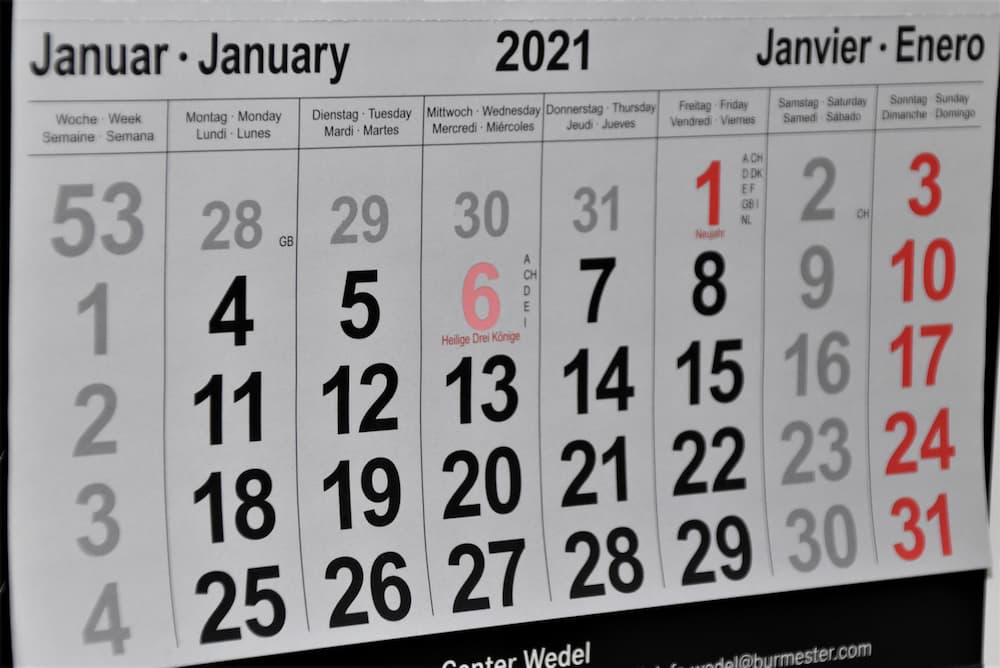
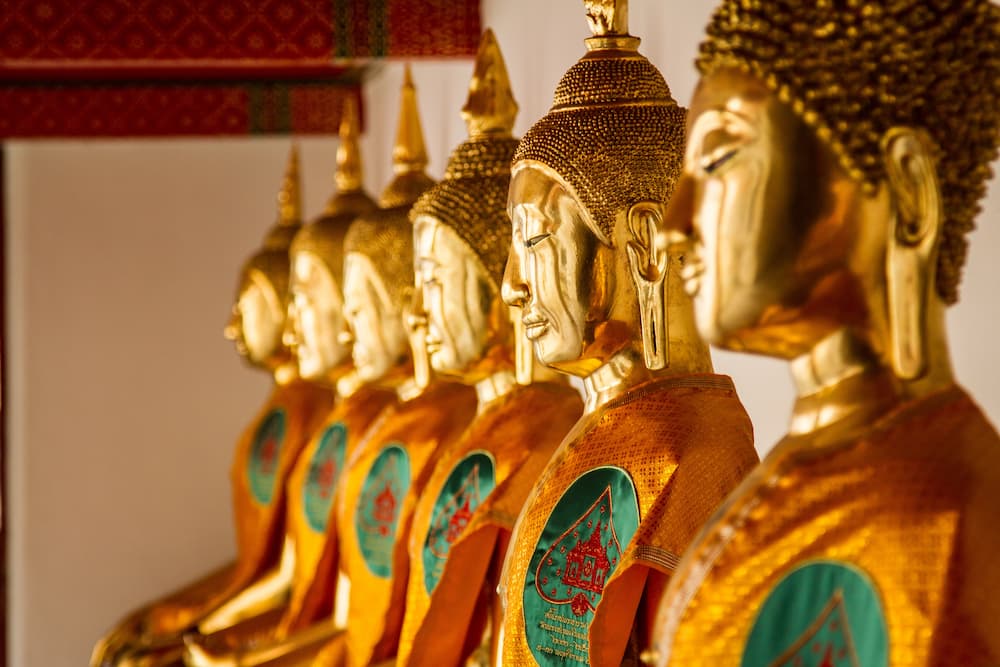
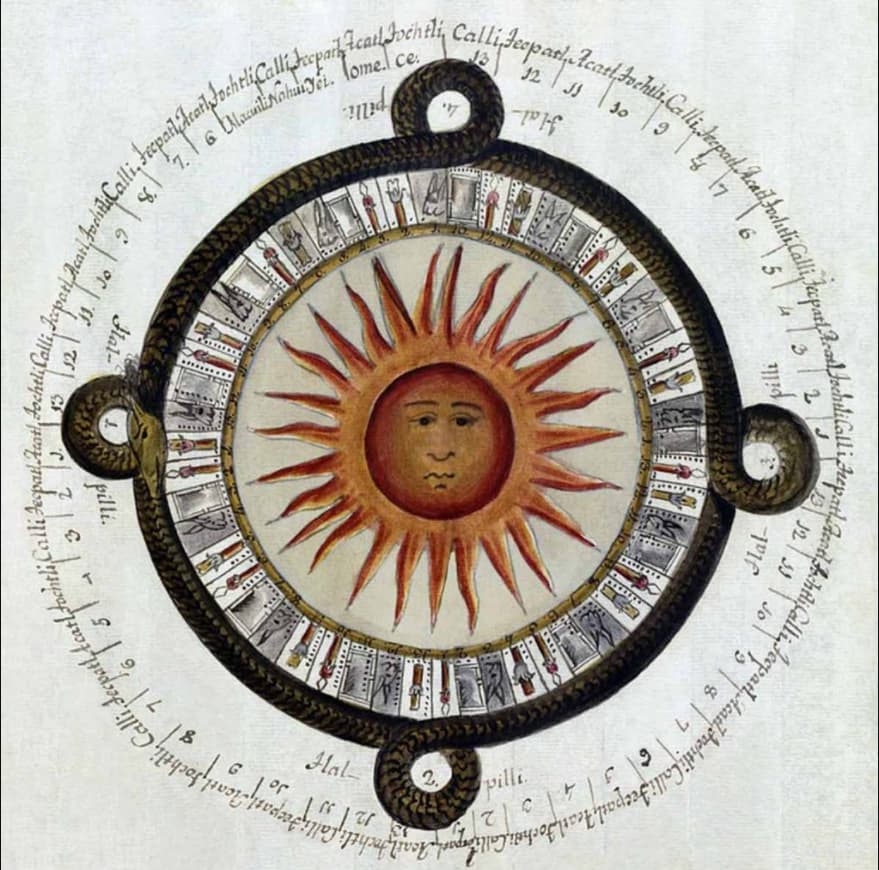


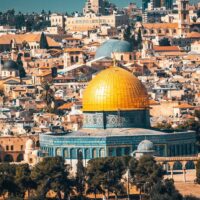

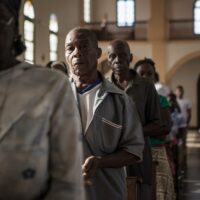
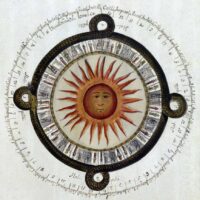


Recent Comments